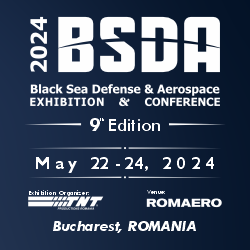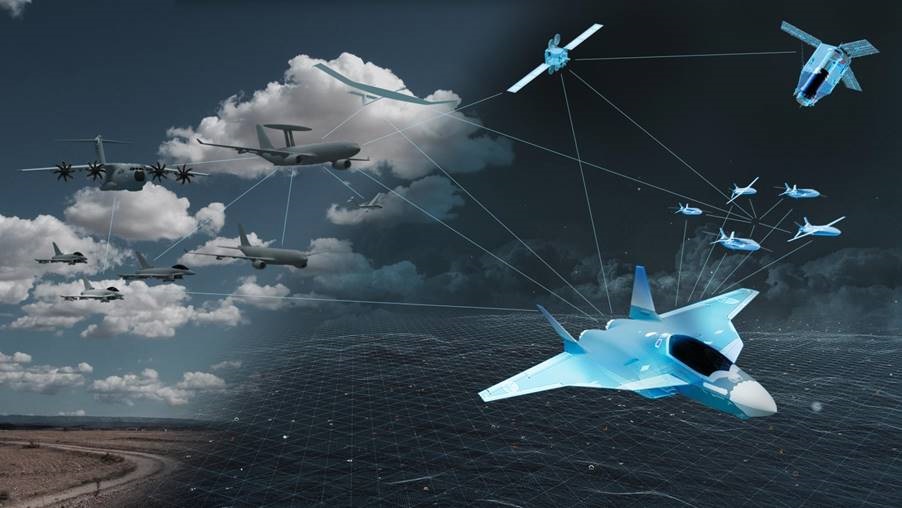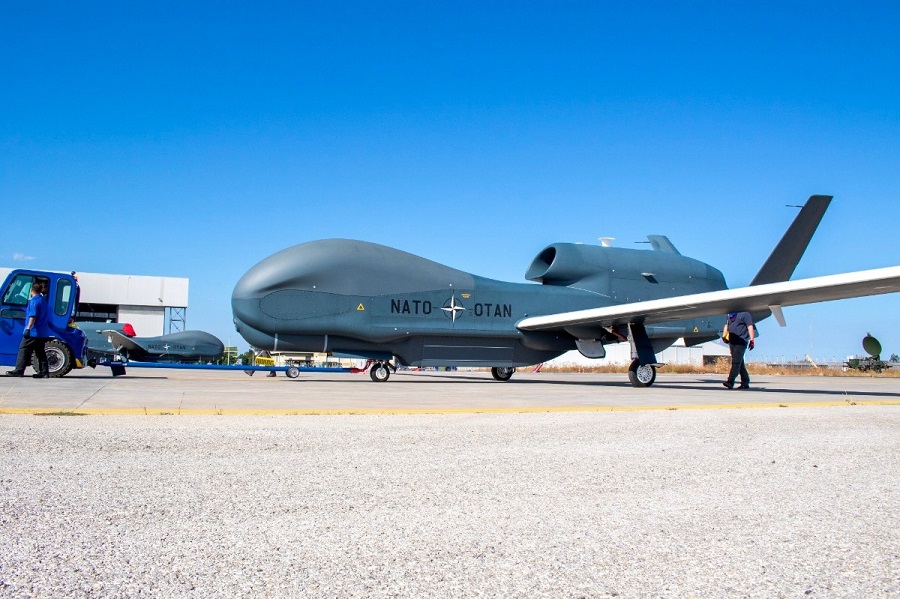“We have been evolving the Stalker series for nearly two decades, and the VXE30 is the product of intense mission-focused innovation to meet the real needs of our customers,” said Joshua Stinson, Chief Growth Officer for Edge Autonomy. “The Havoc configuration builds on years of deployed operations and direct user feedback accumulated over more than 100,000 flight hours across six continents to provide the warfighter with an unparalleled system that is ready for use on the battlefield.”
“Our goal was to provide a single, highly flexible UAS that could meet the needs of a wide range of operational units, from the company level to the brigade,” said Allen Gardner, CTO of Edge Autonomy. “By upgrading key subsystems on the VXE30, we can provide a solution that is light and mobile enough for small forward-deployed units while also able to hit the payload capacity, range, and endurance numbers of the higher echelons – all with the field-proven, silent, VTOL configuration UAS that our customers have relied on for years.”
With the flexibility and adaptability to host a wide variety of configurations – all without wasting time and budget on reconfiguring the airframe itself – the Havoc not only meets the demanding mission challenges faced by today’s uncrewed aerial systems but anticipates potential issues facing the battlefields of the future.
Current VXE30 operators require no additional training in order to operate the Havoc configuration, and all user interfaces remain unchanged between the various configurations of VXE30. The system remains payload agnostic and is prepped for third party integrations through a Modular Open Systems Approach (MOSA) frequently utilized by customers to integrate new payloads and subsystems without the need for Edge Autonomy support.
“Edge Autonomy is committed to meeting the changing needs of the warfighters we support, and we are excited to see what they will accomplish with the Havoc” said John Purvis, CEO of Edge Autonomy. “We built a system that would be easily reconfigurable, giving operators equipment to meet the growing mission demands they are facing now and in the future.”
Source: Edge Autonomy.

























